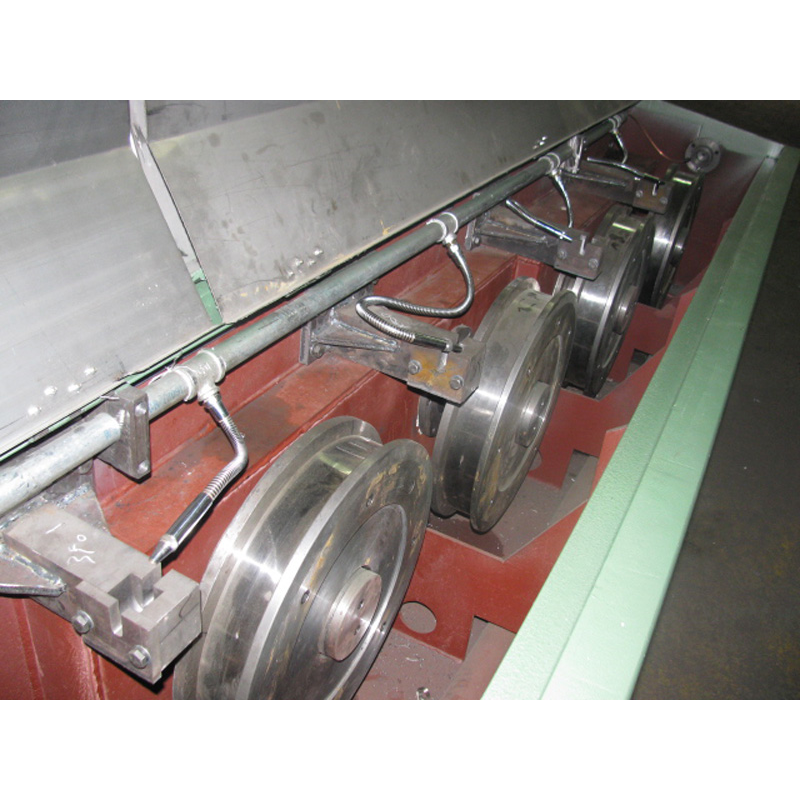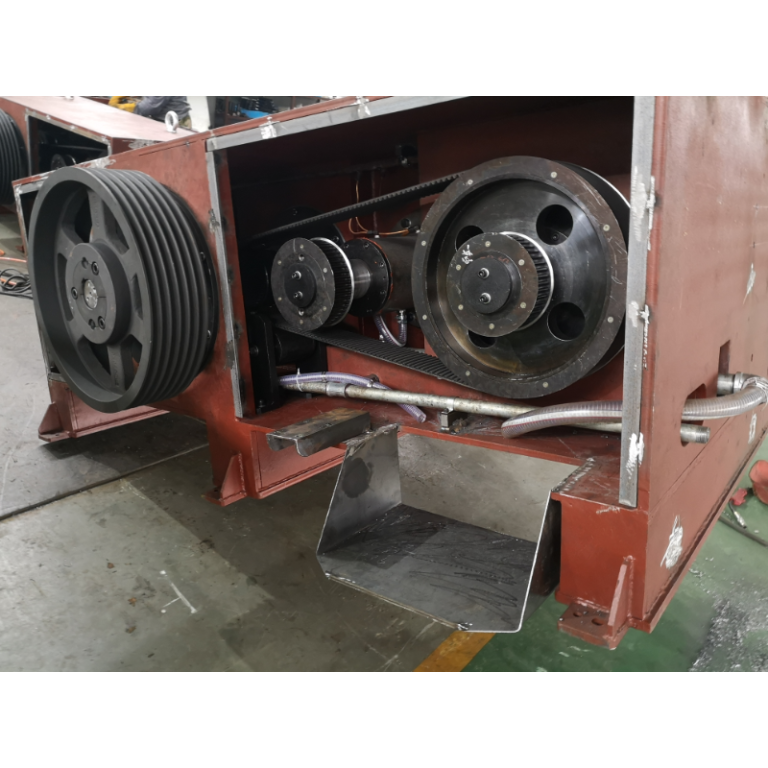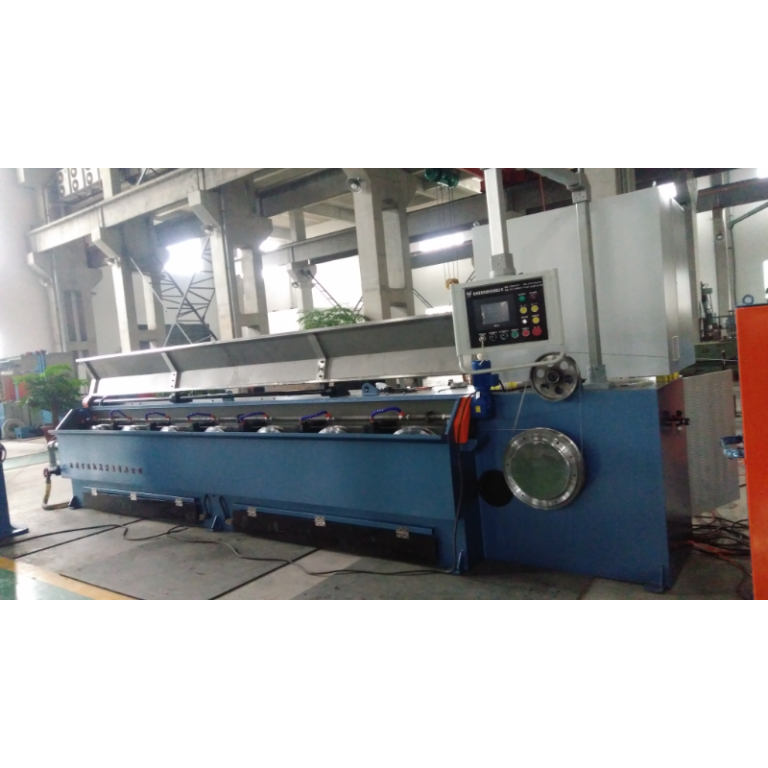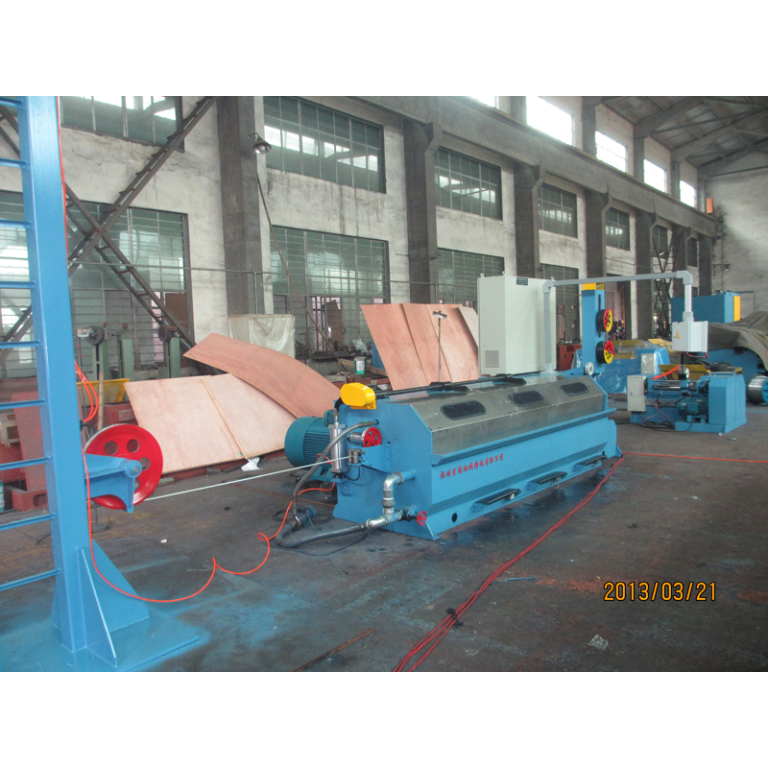Table of Contents
How to Properly Maintain and Troubleshoot a Copper Wire Drawing Machine With Annealer
Copper wire drawing machines with annealers are essential equipment in the wire manufacturing industry. These machines are used to draw copper wire to the desired diameter and anneal it to improve its ductility and conductivity. Proper maintenance and troubleshooting of these machines are crucial to ensure smooth operation and high-quality wire production.
Regular maintenance of a copper wire drawing machine with annealer is essential to prevent breakdowns and ensure optimal performance. One of the most important maintenance tasks is to regularly lubricate the machine’s moving parts to reduce friction and wear. This will help extend the machine’s lifespan and prevent costly repairs.
In addition to lubrication, it is important to regularly inspect the machine for any signs of wear or damage. Check the wire drawing dies, rollers, and other components for wear and replace them as needed. Inspect the annealing furnace for any signs of damage or malfunction, such as uneven heating or overheating. Regular cleaning of the machine is also important to prevent the buildup of dirt and debris, which can affect the machine’s performance.
Another important aspect of maintaining a copper wire drawing machine with annealer is to regularly check and calibrate the machine’s settings. This includes checking the tension of the wire, the speed of the drawing process, and the temperature of the annealing furnace. Proper calibration of these settings is crucial to ensure that the wire is drawn to the correct diameter and annealed to the desired properties.
Despite regular maintenance, copper wire drawing machines with annealers may still experience issues that require troubleshooting. One common issue is wire breakage, which can be caused by a variety of factors such as improper tension, worn dies, or a malfunctioning annealing furnace. To troubleshoot wire breakage, check the tension of the wire, inspect the dies for wear, and ensure that the annealing furnace is functioning properly.
Another common issue with copper wire drawing machines is uneven wire diameter. This can be caused by worn dies, improper calibration of the machine settings, or uneven heating in the annealing furnace. To troubleshoot uneven wire diameter, inspect the dies for wear, recalibrate the machine settings, and check the temperature of the annealing furnace.

In conclusion, proper maintenance and troubleshooting of a copper wire drawing machine with annealer are essential to ensure smooth operation and high-quality wire production. Regular lubrication, inspection, and calibration of the machine are key maintenance tasks that can help prevent breakdowns and extend the machine’s lifespan. When troubleshooting issues such as wire breakage or uneven wire diameter, it is important to carefully inspect the machine and identify the root cause of the problem. By following these maintenance and troubleshooting tips, you can keep your copper wire drawing machine with annealer in top condition and ensure consistent, high-quality wire production.
Benefits of Using a Copper Wire Drawing Machine With Annealer
Copper wire drawing machines with annealers are essential tools in the manufacturing industry for producing high-quality copper wires. These machines are designed to draw copper rods through a series of dies to reduce their diameter and improve their mechanical properties. The annealer component of the machine heats the wire to a specific temperature to soften it, making it easier to draw through the dies. This process results in a smoother, stronger, and more uniform copper wire that is ideal for a wide range of applications.
One of the key benefits of using a Copper Fine Wire Drawing Machine With Annealer is the ability to produce wires with precise dimensions. The drawing process allows manufacturers to control the diameter of the wire with great accuracy, ensuring that the final product meets the required specifications. This level of precision is essential for industries such as electronics, telecommunications, and automotive, where even small variations in wire diameter can impact performance.

In addition to dimensional accuracy, copper wire drawing machines with annealers also offer improved mechanical properties. The drawing process work-hardens the copper wire, increasing its tensile strength and resistance to deformation. The annealing step then softens the wire, reducing internal stresses and improving its ductility. The combination of these processes results in a copper wire that is not only strong but also flexible and easy to work with.
Another advantage of using a copper wire drawing machine with an annealer is the ability to produce wires with a smooth surface finish. The drawing process removes surface imperfections and contaminants, resulting in a wire that is free from defects and has a uniform appearance. This is important for applications where the wire will be visible or where surface roughness can affect performance, such as in electrical wiring or jewelry making.
Furthermore, copper wire drawing machines with annealers are highly efficient and cost-effective. These machines are designed to operate continuously, with minimal downtime for maintenance or adjustments. This allows manufacturers to produce large quantities of high-quality copper wire in a short amount of time, increasing productivity and reducing production costs. Additionally, the use of an annealer can help to reduce material waste by improving the yield of the drawing process, further lowering production costs.
Overall, the benefits of using a copper wire drawing machine with an annealer are clear. These machines offer precise dimensional control, improved mechanical properties, smooth surface finishes, and cost-effective production. Whether you are manufacturing electrical cables, automotive components, or jewelry, a copper wire drawing machine with an annealer can help you achieve the high-quality results you need. By investing in this technology, manufacturers can improve the quality of their products, increase productivity, and stay competitive in today’s fast-paced market.






